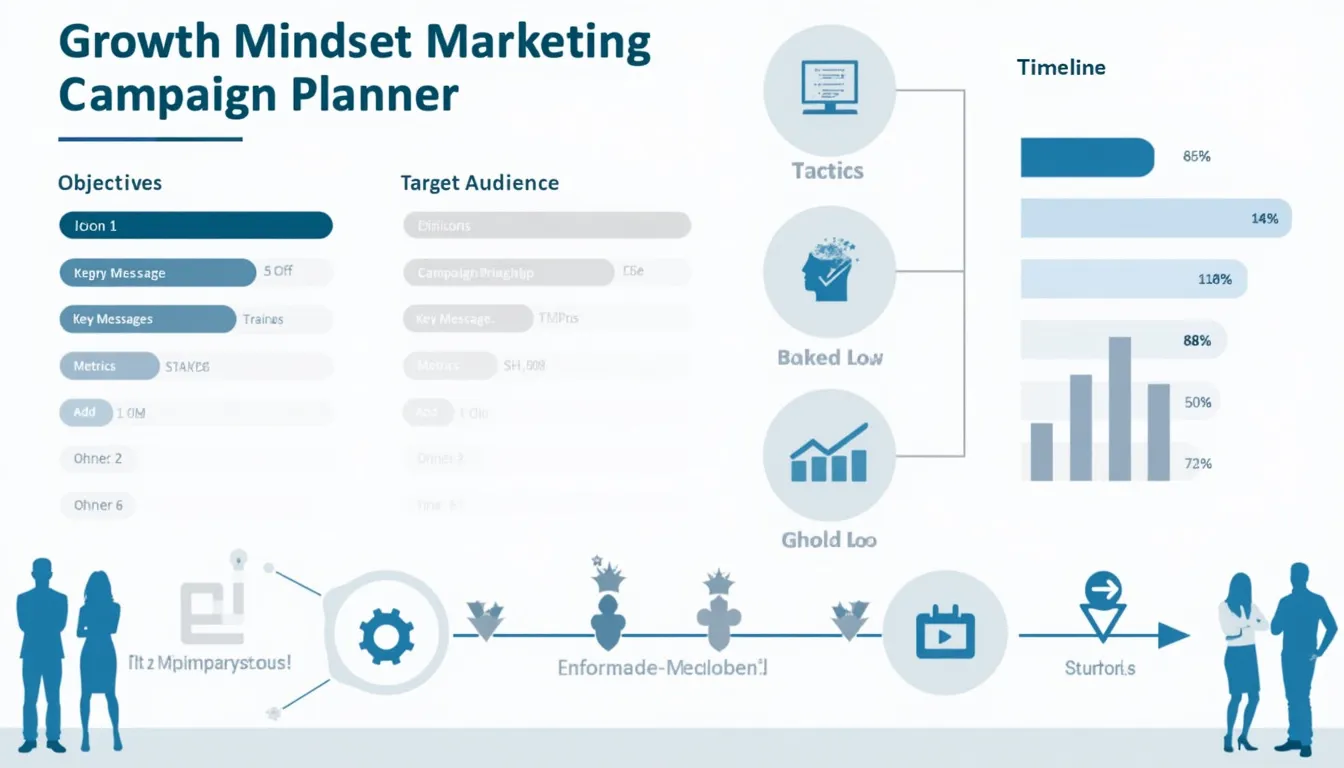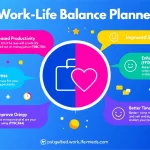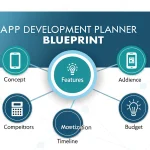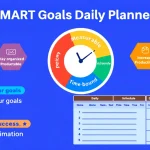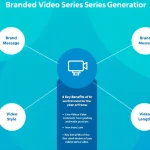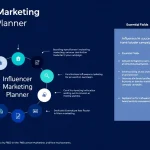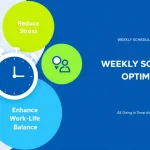Is this tool helpful?
How to use the tool
- Campaign Objectives – State a numeric goal. Examples: “Raise idea-submission rate to 120 per quarter”, “Cut onboarding time by 15 % in six months”.
- Target Audience – Name the exact group. Examples: “Regional sales interns”, “Data-science guild mentors”.
- Key Messages – Write two or three core statements to repeat across media.
- Specific Tactics – List actions such as podcasts, peer-coaching circles or Slack challenges.
- Effectiveness Metrics – Combine participation and outcome measures, e.g., survey scores, project velocity.
- Implementation Timeline (optional) – Break work into weeks or sprints.
- Required Resources (optional) – Add facilitators, LMS seats, incentive budget.
Practical workflow
- Gather baseline data (engagement, productivity).
- Fill each field with clear, measurable language.
- Click “Generate Campaign Outline”; a copy-friendly plan appears beneath the form.
- Review, refine, then export to your project tracker.
- Track metrics monthly; iterate tactics when numbers stall.
Quick-Facts
- Average planning time: 30-45 minutes per campaign (ATD Toolbox, 2021).
- Recommended message repetition: 6-20 exposures for behaviour change (HBR.org, 2020).
- Typical LMS licence cost: $3-7 per user/month (G2 Pricing Guide, 2023).
- ISO 30414 links learning metrics to human-capital reporting “for transparency and improvement” (ISO 30414:2018).
FAQ
What does the planner produce?
The tool outputs a ready-formatted outline covering objectives, audience, messages, tactics, metrics, timeline and resources—everything needed for executive sign-off (Dweck, 2006).
Why specify numeric objectives?
Numeric goals enable progress tracking and trigger team accountability; projects with quantified targets are 2.5 × likelier to succeed (PMI Pulse, 2021).
How do I choose effective metrics?
Pair a leading indicator (workshop attendance) with a lagging one (revenue from new ideas) to capture effort and impact (Kirkpatrick & Kirkpatrick, 2016).
Can I reuse a template?
Yes. Copy the generated outline, adjust fields, and resubmit; reuse cuts planning time by 40 % on subsequent campaigns (ATD Toolbox, 2021).
What resources matter most?
“Facilitators skilled in feedback loops accelerate mindset shifts,” notes ISO 30422 guidance on learning programmes (ISO, 2022).
How often should I update tactics?
Review metrics monthly; change tactics when two consecutive data points fall below target to keep momentum (Gallup Workplace, 2022).
Is the tool secure for sensitive data?
The form uses WordPress nonces and admin-ajax to prevent CSRF attacks, following OWASP recommendations (OWASP Cheat Sheet, 2023).
Does it integrate with analytics suites?
You can export the outline to CSV and import into Power BI or Tableau for dashboard tracking; both platforms support CSV natively (Microsoft Docs, 2023).
Important Disclaimer
The calculations, results, and content provided by our tools are not guaranteed to be accurate, complete, or reliable. Users are responsible for verifying and interpreting the results. Our content and tools may contain errors, biases, or inconsistencies. Do not enter personal data, sensitive information, or personally identifiable information in our web forms or tools. Such data entry violates our terms of service and may result in unauthorized disclosure to third parties. We reserve the right to save inputs and outputs from our tools for the purposes of error debugging, bias identification, and performance improvement. External companies providing AI models used in our tools may also save and process data in accordance with their own policies. By using our tools, you consent to this data collection and processing. We reserve the right to limit the usage of our tools based on current usability factors.
